Book NOW for $1 £1 €1 • Flexible Payments • No Change Fees • Private Departures Available
- Home >>
- Poland Travel Advice
Poland Travel Advice
Getting to Poland
Poland - formerly named the Republic of Poland - is a country in Central Europe which borders Germany, the Czech Republic, Slovakia, Ukraine, Belarus, Lithuania and the Russian province of Kaliningrad Oblast. The northern side of Poland borders the Baltic Sea.
- London to Poland is about a 2.5-hour flight
- Los Angeles to Poland is around a 14.5-hour flight
- Cape Town to Poland takes around 16.5 hours
- Sydney to Poland is about 1 day + 3-hour flight
- New York to Poland is approximately an 8.5-hour flight
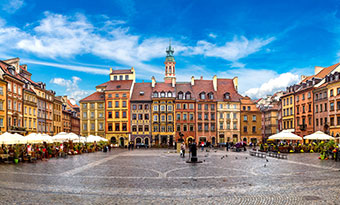
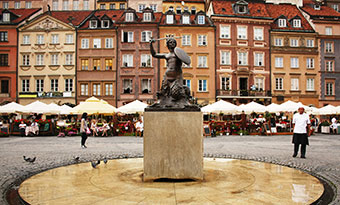

Main airport
in Poland
Poland has a total of 12 international airports. The Warsaw Frederic Chopin Airport (WAW) is the primary international airport in Poland and the largest in the country. It is located in the Włochy district of Warsaw.
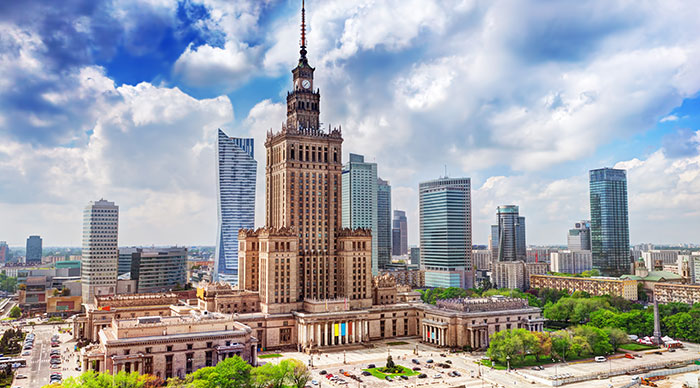
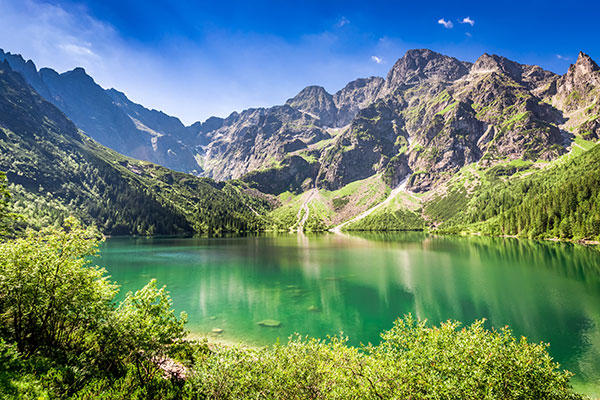
Geography &
landscape of Poland
One of the largest countries in Central Europe, Poland's versatile environment holds an unspoilt, natural beauty like no other. From the Carpathian Mountains and the High Tatras in the south, to the sandy shores lining the Baltic Sea in the north, Poland is more than just meadows, pastures and fields. Home to Europe's last remaining primaeval forest, the Białowieża Forest is a vast, densely wooded region, interspersed with crystal lakes and low-lying hills creating the stunning Masurian Lake District.
Culture, religion
and etiquette
Being one of the most devoutly religious countries in Europe, religion plays a large part in the daily life of Poland. The population is predominantly Roman Catholic, with 87.5% following the religion. 2.4% of the population is atheist, 1.3% are Eastern Orthodox, and 1% follow other religions.
Poland has a rich history with a unique culture and set of traditions. Introductions are made with a firm handshake, eye contact and the correct greeting for that time of day. First names are typically only used amongst close friends.
The Polish do celebrate their birthdays, however their 'name day' is often treated as the more important celebration. If invited to dinner, toasts are typically made before the meal with a small glass of vodka to be downed in full.
The Polish are well-known for being reserved, quiet and formal, however you can see that chivalry is very much still alive. People often go out of their way to help someone in need, especially when it's a woman. They are generally very open about expressing their feelings and opinions, even if they differ from the group.
Family is at the heart of decision making in Poland, with family obligations taking top priority. It is common for people to regard their extended family as part of their close social group who they rely on for advice, fun and social interactions.
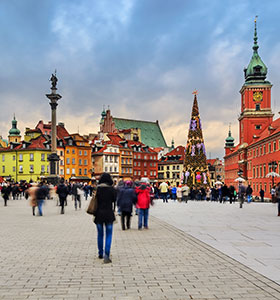
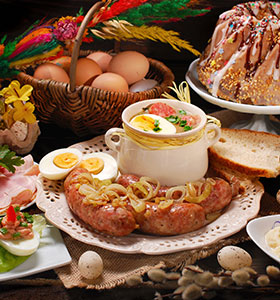
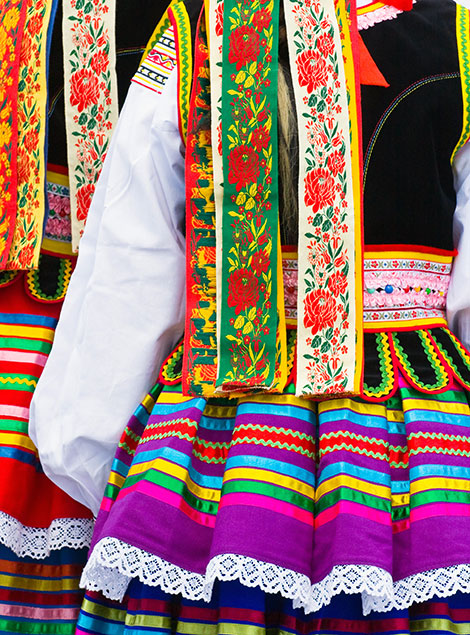
Top tip!
If you bring a gift of flowers for a host, make sure they are an odd number. Even numbers of flowers are reserved for funerals and will likely offend the host!
Languages spoken in Poland
The official language of Poland is Polish, with over 38 million people speaking the native tongue. Compared to the English language, the Polish alphabet includes an additional nine letters. Other recognised languages in Poland are Armenian, Belarusian, Czech, German, Hebrew, Lithuanian, Slovak, Russian, Ukrainian and Yiddish. Kashubian is also a recognised regional language.
English is the most common foreign language spoken in Poland, so you will have no problem getting by with just English. That said, locals really appreciate the effort if you learn a few keywords and phrases.
Capital city of Poland
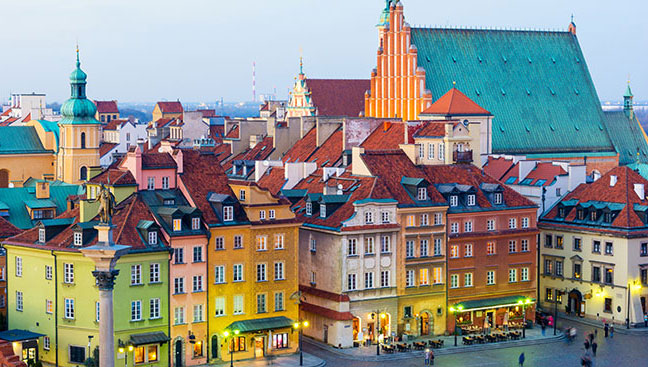
Warsaw
The capital city of Poland is Warsaw. Having suffered horrific destruction before and during WW2, Warsaw has risen against all odds to become the largest metropolis in Poland. It is now the thriving centre of Poland's cultural, political and scientific economies. Situated on the banks of the Vistula River in the centre of the Warsaw plain, the capital city of Poland is a stunning place to explore. The historic, Old Town centre, red-brick fortifications, the Medieval buildings and Gothic cathedrals have all been restored to their former glory, making Warsaw one of the prettiest cities in Europe.
Visas for Poland
In most cases, visiting Poland for up to 90 days does not require a visa. This is true for the USA, Australia, Canada, New Zealand, Japan, Israel and many other countries. Check the Polish Foreign Affairs website for details on each nationalities requirements (www.msz.gov.pl). Citizens from the US and other countries may also be asked to provide proof of a return flight and sufficient funds for travel. EU citizens can stay visa free in Poland indefinitely.
As Poland is part of the Schengen Agreement, border controls between neighbouring EU countries do not check for passports or visas. If you are crossing from a non-EU country such as Belarus, Ukraine and Kaliningrad, you may need to make additional arrangements.
Everyone entering Poland will need a passport with at least six months validity remaining from the date of departure. EU citizens only need to travel with a valid ID card.
If you are planning to stay in Poland for over 90 days either for leisure, work or study, you will need to obtain a visa.
Vaccinations & travel health
The CDC and the WHO advise for the following routine vaccinations to be up to date when visiting Poland: Measles, Mumps & Rubella (MMR), Tetanus, Diphtheria & Pertussis (TDAP), Chickenpox, Shingles, Pneumonia, Influenza, Meningitis and Polio. They also recommend the following vaccinations for travel to Poland: Hepatitis A, Hepatitis B and Rabies.
Is it safe to drink tap water in Poland?
Officially, the tap water in Poland is safe to drink. That said, many locals do not drink from the tap, and you may often be met with a little animosity from the locals if seen doing so. As many of the buildings in Poland have antique plumbing facilities, the water quality can differ from place to place. To be sure, ask your hotel staff or stick to bottled water.
Electricity and plugs in Poland
The plugs and sockets in Poland are of Type C and E. A Type C plug has two round pins, side by side. A type E plug has two round pins, side by side and a hole for the grounding pin. The standard voltage in Poland is 230V with a frequency of 50Hz.
Emergency calls
No matter where you are travelling to, it is always a good idea to store the relevant emergency numbers on your mobile phone. The most important phone numbers to note in Poland are:
999 - Ambulance
998 - Fire Service
997 - Police
981 - Road Assistance
If you are calling from a mobile phone, you will need to dial the local area code before the number or simply dial 112 for the general emergency services.
Travelling as a single woman in Poland
On the whole, Poland is a safe country to visit, even for solo female travellers. Of course, there are always areas of any country which are safer than others, but on the whole, most people do not feel at risk while travelling solo in Poland. Krakow is also commonly listed as one of the safest cities in Europe. The public transport system is, albeit a little slow, straightforward to navigate and generally runs on time.
As when travelling anywhere in the world, take the necessary precautions, keep your wits about you and use your common sense. Here are a few tips for travelling solo in Poland:
- Hike in groups. We always advise not to go hiking alone, in case you injure yourself or lose your way.
- Keep any valuables, including money hidden - this is especially important when visiting major tourist hot spots.
- If you are alone, only drink alcohol in moderation - use your common sense.
- Don't walk around alone after dark.
Wifi and internet access in Poland
Thankfully, Poland is very well-connected. Wifi (pronounced vee-fee) is readily available at most forms of accommodation including hotels, hostels and guesthouses. Most restaurants, cafes and bars also offer free wifi, however bear in mind that many city centres have an open, public wifi spot which you can connect to. You will occasionally stumble upon an internet cafe, but these are quickly becoming irrelevant in such a well-wired country like Poland.
Time zone in Poland
Warsaw, Poland
Warsaw is 1 hour ahead of London (GMT), 8 hours ahead of Los Angeles (PST) and 5 hours ahead of New York (EST). Poland follows Central European Standard Time (CET) and does switch to Daylight Savings Time. Visit timeanddate.com to calculate the time difference from your current location.
Getting around Poland
Taxi
Taxis are widely available in Poland and aren't too expensive. Journeys typically start with a base of around 6zł and cost 2.20zł per km. These prices increase a little after 10 pm. Many taxis in Poland are unmarked, private taxis which are not government run. Only use the official marked taxis. When you order a taxi, make sure you have the correct money with you as the drivers rarely carry change.
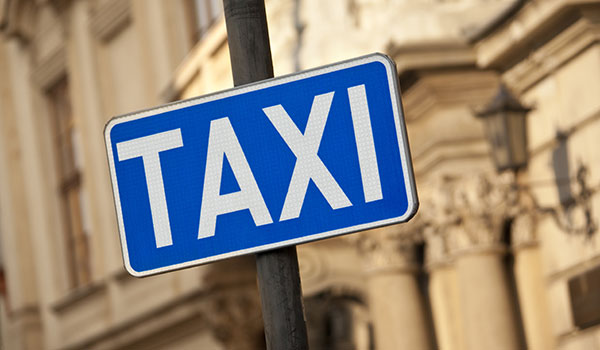
Train
The rail network in Poland is very well developed, with stations located throughout all the major towns and cities. The leading railway operators in Poland are Polskie Koleje Państwowe, Intercity, Przewozy Regionalne. Tickets can be purchased either online, at the station, or on the train.
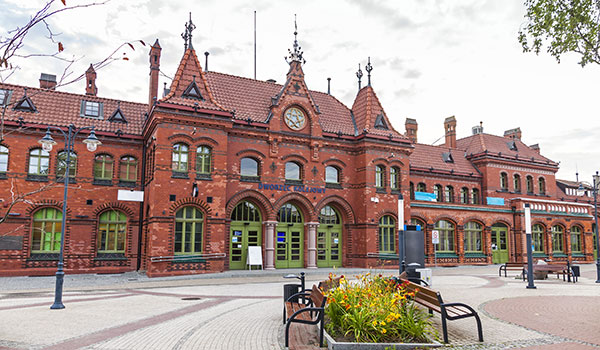
Bus
Travelling by bus is the cheapest form of transport in Poland, however, journey times are longer and much less uncomfortable than going by train. That said, the bus network in Poland is fantastic with buses reaching all four corners of the country. The two main bus lines in Poland are OK Bus and the Polski Express, however there are multiple private bus companies.
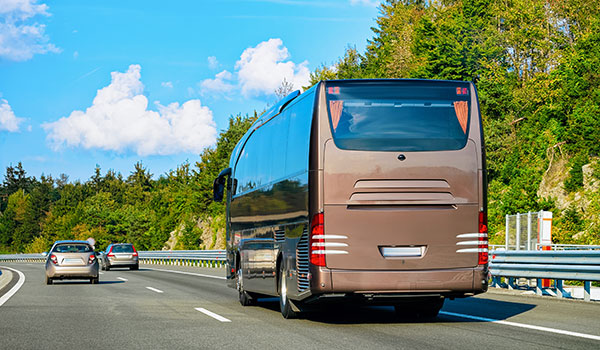
Tram
Trams operate in every town and city and are an excellent way to get travel within the city limits. As they run on their own, dedicated rail lines, they are generally very punctual, reliable and easy to navigate. Trams run throughout the day with short gaps between each departure.
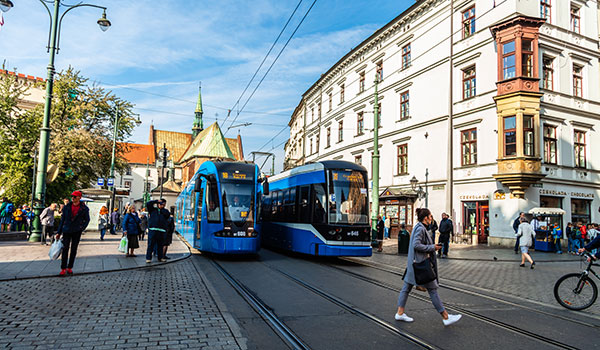
History of Poland
The first person to settle in Poland crossed the Vistula River in 601. By 965, Mieszko (the current leader) met and married a Czechoslovakian princess, Dobrawa, and converted to Christianity. This marriage marked the beginning of Polish nationality. Over the next few years, Poland suffered numerous fights with Germany, but in the year 1000, Germany approved Poland's independence, and the two countries made peace. This didn't last long however, and only two years later, Poland declared war on Germany which lasted until 1018. The leader of the Polish army, Boleslaw Chrobry, crowned himself king but unfortunately died later that year.
In 1226, Duke Konrad invited the Teutonic Knights to help convert the Baltic Prussian pagans to Christianity. But instead of converting them, they murdered them, which led to a 16-year war between the Teutonic Order and Poland. In 1385 the Grand Duke of Lithuania married Queen regent Jadwiga of Poland, creating the Polish-Lithuanian Union. Peace didn't last long, when in 1410, one of the biggest battles in European history took place between the Teutonic Knights and the Polish-Lithuanian Union. The Teutonic Knights were defeated, bringing peace in 1411.
By the 16th century, Poland was finally living in peace and harmony. In 1573, a law passed which allowed religious freedom, and in the same year, elections opened up to allow any citizen to run as ruler. Unfortunately, once again, peace only lasted a short time. By 1605, Poland fought Sweden in the Battle of Kircholm and won, making peace AGAIN in 1629. During this time, wars were waged with Russia, Turkey, Austria and Germany! This led to Poland being divided into three parts among Austria, Russia and Prussia.
In 1791, the Polish Constitution was introduced, however, a couple of years later, the divide of Poland was up for debate. The people of Poland did not agree with the ruling of their country, and in 1794, an Uprising emerged - which they lost. The Polish were determined to stay strong, however, and in 1809 they fought for their independence from Austria and won. After this a few more uprisings occurred until 1914 when Poland fought in WW1, leading them to gain independence. In 1919, Poland won in a fight against the Bolshevik army.
The country was peaceful for nearly two decades until the beginning of WW2 when Germany broke their Treaty and invaded Poland. The Soviet Union attacked two weeks later, causing Poland to be split again between eastern and western powers. Poland formed an underground resistance movement and joined military forces on both the eastern and western fronts to fight with their allies against Nazi Germany. The Warsaw Uprising began in 1944 becoming the largest single military effort of WW2 in Europe. During the war, 6 million Polish citizens perished, leaving the country in ruin and destruction.In 1980 the 'solidarity' trade union emerged, taking the first step towards Poland's freedom. By 1989, Communism and the Third Polish Republic was abolished, then by 1999 Poland joined NATO and in 2013 joined the European Union.




